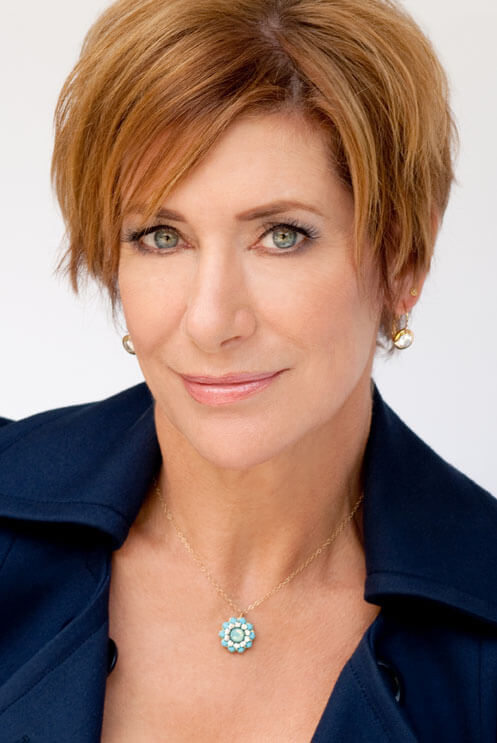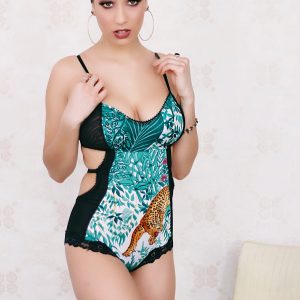Breast Cancer’s Pink Ribbons: Are We Overselling Awareness?
Today's guest post is by Elisabeth Dale, one of my close friends as well as a breast expert and founder of The Breast Life, a website that's all about breast health and well-being. Elisabeth is also the author of bOObs: A Guide to Your Girls, one of my favorite books because it talks about a woman's breasts at every stage of her life. If you're interested in keeping up with Elisabeth, you can find her on Twitter, Facebook, and LinkedIn.
I have mixed feelings about breast cancer awareness month. Some of my ambivalence has to do with my family’s medical history. My mother was diagnosed in the late 1960s, when women stayed silent about the disease and had no say in their treatment. So I understand the importance of talking about and sharing information on the subject.
But over the years, my concerns have shifted. I’m less anxious about finding breast cancer in my own body than I am about finding a cure. I know that one in eight women are at risk during their lifetime, up from one in 11 back when pink ribbons first came on the scene. Despite advances in detection and treatment and millions of charitable dollars raised, it turns out that we aren’t much closer to finding out what causes breast cancer.
Sure, we can talk about being aware, wear a “save the boobies” bracelet or a “cop a feel” t-shirt, but has all the focus on being aware of our breasts reduced our chances of getting the disease in the first place?
Not really. Medical experts now advise against teaching women to conduct formal monthly breast self-exams. Breast Self Exams don’t save lives or find breast cancers earlier than mammograms. I’ve been getting mammograms for some 25 years now. Turns out that all those visits to a breast-imaging center weren’t necessary. Such screenings are no longer recommended for women under age 40, with the latest guidelines suggesting women wait until age 50 (unless there is a specific family history or exposure to radiation). Still charitable breast cancer organizations continue to tout and even overstate the benefits of BSE’s and mammograms, while neglecting to mention the risks.
Younger and younger women are cautioned to be “aware,” while the median age of breast cancer patients is 61 years old and over 50% of those diagnosed are older than 62. It’s more common to see pink promotions displaying perky, uplifted cleavage, rather than photos of mature, at-risk bosoms. Breast cancer may be deadlier in younger populations but it is still less common. Today’s Breast Cancer Awareness Month appears focused on saving an image of girlish breasts, not an aging woman’s life.
This over-emphasis on early detection once made me assume that if I were only diligent enough to find a lump in its earliest stages, I could count on being cured. But the truth is that scientists don’t know which of the many breast cancers are slower growing or more deadly. Researchers have only figured out a causal link in about 15% of all cases.
According to the National Breast Cancer Coalition, “The incidence of women diagnosed with advanced breast cancer has not changed. Rates of diagnosis of truly lethal disease have remained stable since 1975.” I’m left with the knowledge that my two biggest risk factors of being female and aging aren’t ones I can change. I have learned to remind myself that it is heart disease, and not breast cancer, that takes more women’s lives each year in the US. I’ve learned to focus on what I can do to keep myself in the best of heart health, knowing that regular exercise and a reasonably nutritious diet will benefit the whole of me, including my boobs.
I’ve also found new ways to support breast cancer research, education, and advocacy programs. The following initiatives are all focused on measuring greater progress:
- Before purchasing or participating in any Breast Cancer Awareness promotions, Think Before You Pink. Visit the Breast Cancer Action’s informative and consumer friendly website, where you’ll find a list of questions you can ask before buying pink products.
- Consider joining Dr. Susan Love’s Health of Women Study. This important international on-line medical questionnaire provides researchers with information they need to learn more about the causes of breast cancer.
- Check out the National Breast Cancer Coalition’s 2012 Breast Cancer Progress Report and read about their campaign to coordinate research efforts and private funding. Learn about the myths and truths surrounding Breast Cancer.
Women have always been the leaders and active participants in campaigns to raise “awareness.” We are also the biggest consumers of pink merchandise. My fear is that if we keep wrapping the problem in the same pretty pink ribbons, we’ll continue to get the same results.
What do you think about the campaigns to raise awareness and pink ribbons? Let's talk about it in the comments.








